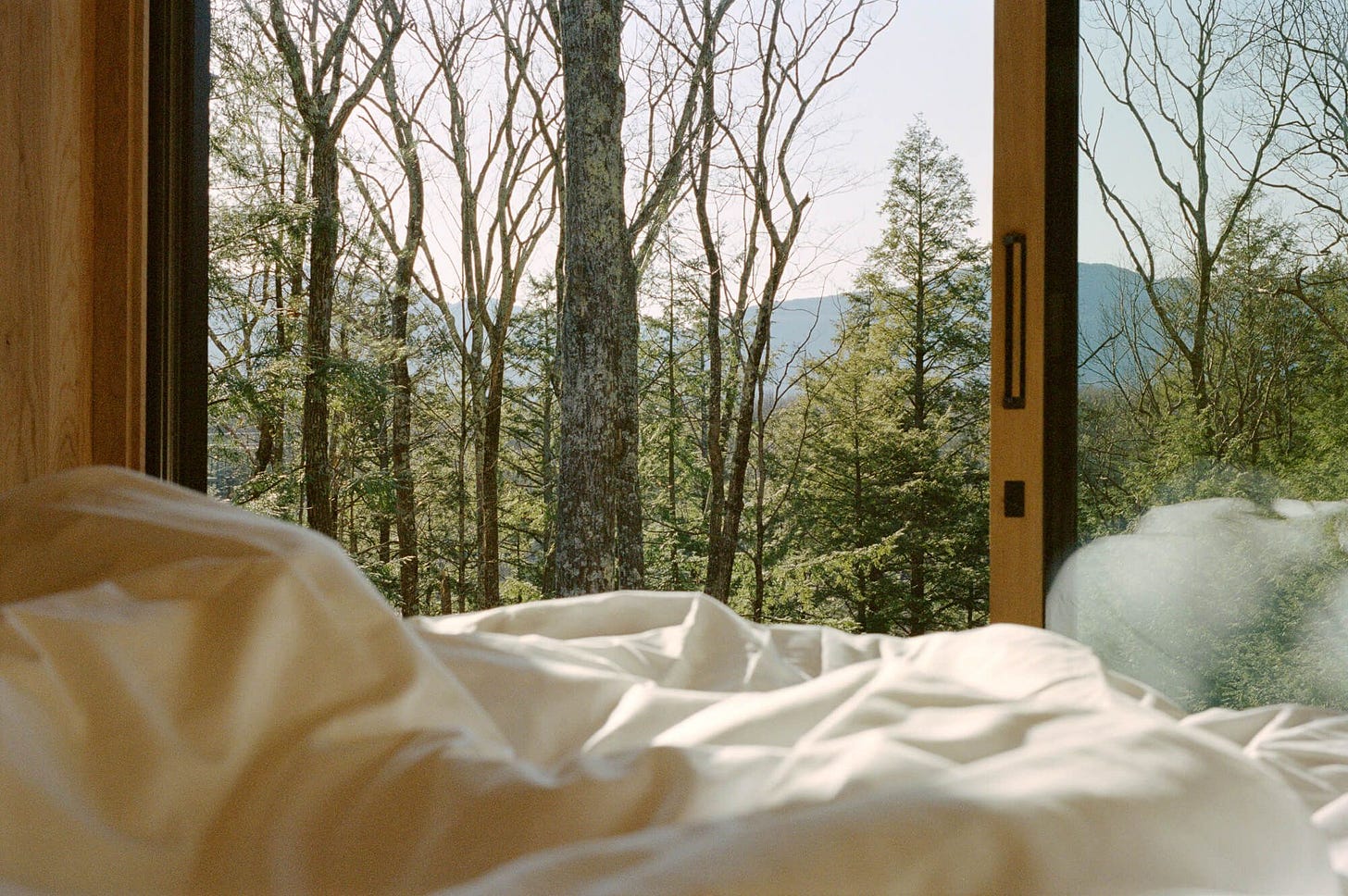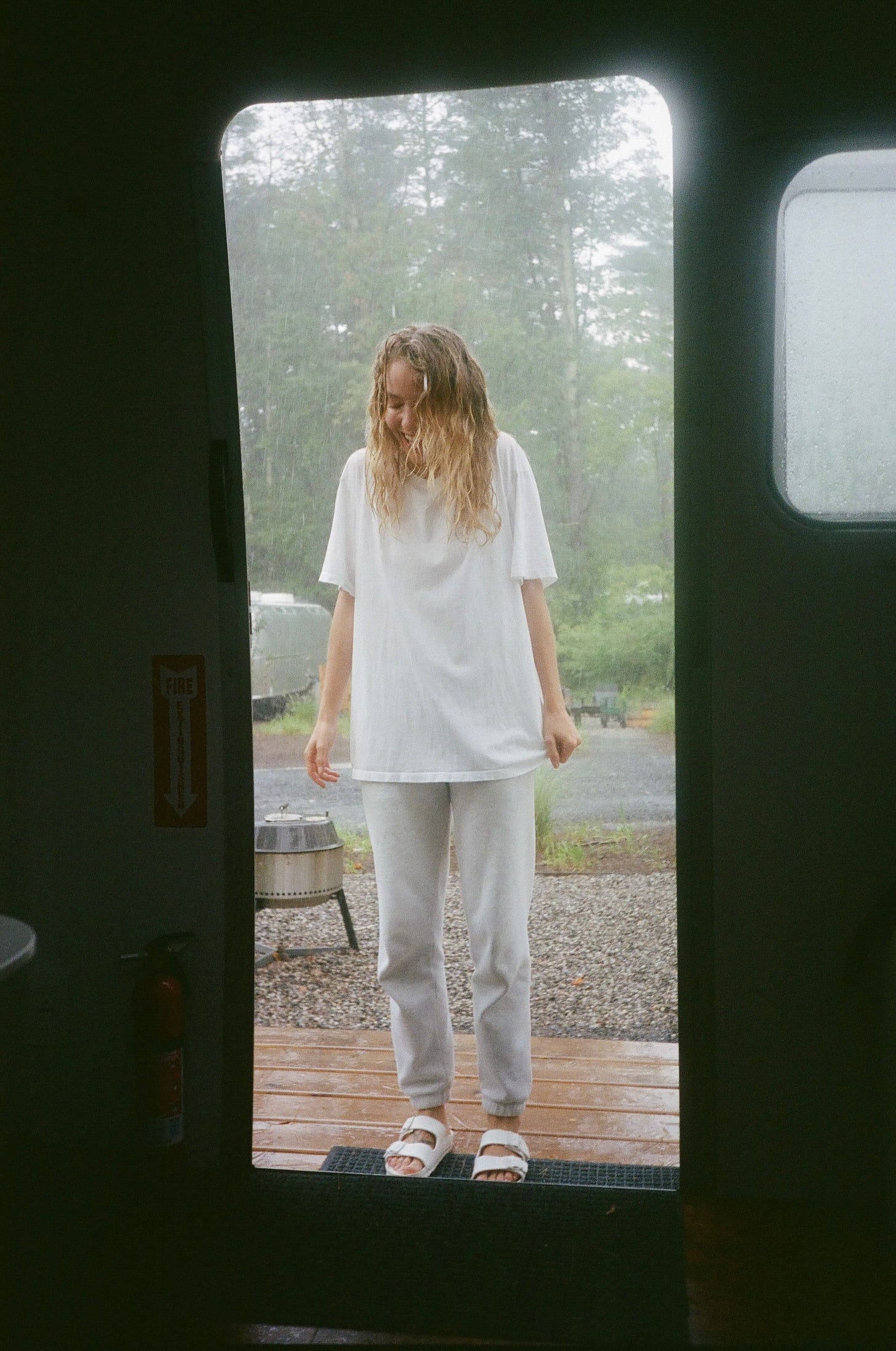Outdoor Hospitality for Thesis Driven
A guest post for Thesis Driven blog on the rise of glamping, its unique economics, risks, and the outlook for institutional investors.
Since its inception, I’ve been admiring Brad Hargreaves ‘s publication Thesis Driven from afar. It explores emerging real estate trends from the perspective of institutional investment, helping investors quickly digest innovation in the industry, evaluate new opportunities, and find new partners. As the founder and Chairman at Common, one of the largest co-living operators in the world, Brad’s expertise is second to none.
Naturally, I was excited when Brad proposed to collaborate on an article about the rise of outdoor hospitality, also known as glamping. This topic has been dear to me since my Airbnb Samara days.
You can read a preview of the story below. To access the full article, continue to Thesis Driven . Please note that Thesis Driven is a paid newsletter and that the complete article is behind a paywall.

In early 2020, the hospitality industry came to an abrupt halt. Planes flew empty, urban hotels were vacated, and Airbnb’s business plummeted by 80% practically overnight. Despite the chaos, one niche stood out as immune to the pandemic and was growing rapidly — local stays in nature.
Accelerated by the pandemic, the outdoor accommodations industry has become one of the fastest-growing sectors in hospitality over the past decade. According to Kampgrounds of America, 17 million households took at least one glamping trip in 2021, a staggering 155% increase from 2019.
The low barriers to entry and the potential for substantial returns have made outdoor hospitality an attractive niche for local entrepreneurs. While traditionally dominated by mom-and-pop businesses, the industry is now becoming more sophisticated with the emergence of branded operators backed by institutional capital.
Institutional investors, including Whitman Peterson, Starwood Capital, Certares, KLS Capital Partners, and others, have poured hundreds of millions of dollars into glamping projects. In 2022, Summit REIT, a public real estate investment trust, made a direct investment in a Texas-based outdoor resort. Giants in the industry, such as Marriott and Accor, have also launched their own experimental projects. According to hospitality consulting firm PKF, the glamping market is expected to continue growing by 12% annually, reaching $5 billion by 2025.
It's a good time to evaluate the current state of the industry and explore:
Why are outdoor accommodations so attractive to both consumers and investors?
Is the popularity of glamping just a pandemic phenomenon?
What are the opportunities for institutional investors in the industry?
The article will give an overview of the outdoor accommodations sector including economics, major players, institutional investors and recent financings, and the go-forward, post-pandemic outlook for the category, and a gentle warning to investors to avoid McDonaldization of the industry. To read the full article, continue to Thesis Driven 1.
In hindsight, writing through the lens of institutional investment didn’t come naturally to me. I’m grateful to David Smith from Outside Capital, Jeff Wilson from Jupe, and Jon Staff from Getaway for providing invaluable advice and insights. For the avoidance of doubt, any mistakes in the article are mine alone.
I plan two write new posts at least every other week, exploring impact investing, product innovation and design in real estate development. I invite you to subscribe for free to receive new posts.
Have a great day,
— Fed
Thesis Driven is a paid newsletter and the complete article is behind its paywall.




